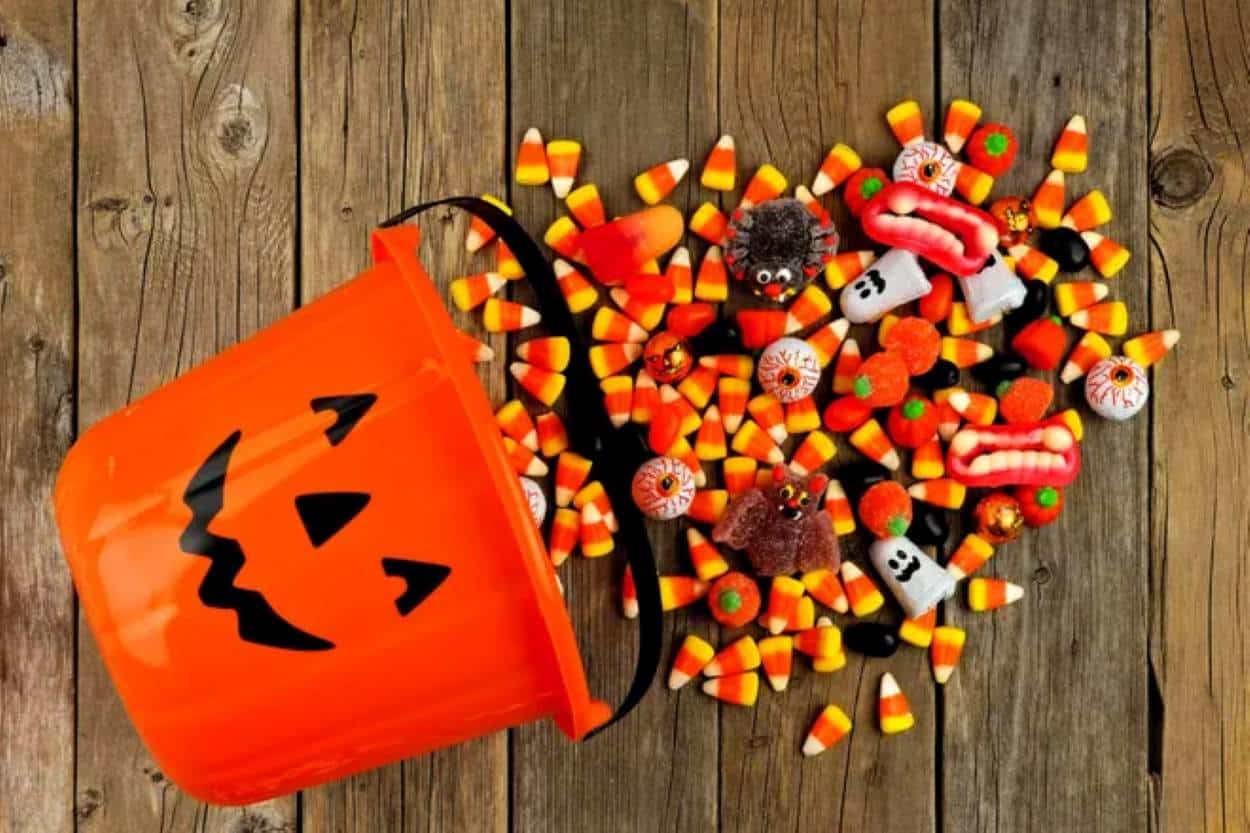The Biden administration announced on Wednesday that it is banning Red Dye No 3, a controversial food and drug colouring linked to animal cancer.
The nonprofit Environmental Working Group reports that the recent ban on Red 3, found in nearly 3,000 food products across the United States, follows decades of scientific warnings about its dangers.
The Department of Health and Human Services published a document in the Federal Register stating, “FDA is revoking the authorized uses in the food and ingested drugs of FD&C Red No 3 in colour additive regulations.” The Center for Science in the Public Interest (CSPI) and other advocacy groups filed a petition in November 2022 that led to this decision. They cited the “Delaney Clause,” a law that mandates the ban of any colour additive shown to cause cancer in humans or animals.
Although researchers had linked Red 3 to thyroid cancer in lab rats as early as 1990, leading to its ban in cosmetics, the food industry resisted discontinuing its use in foods. Manufacturers of maraschino cherries, for example, have relied on the dye to maintain their products’ vibrant colours. The dye also remains common in various candies, snacks, and fruit products.
The U.S. is among the last major economies to address the use of this dye. The European Union banned it in 1994, followed by similar prohibitions in Japan, China, the UK, Australia, and New Zealand.
CSPI celebrated the FDA’s decision as a long-overdue measure and expressed optimism that it would catalyze further actions against other harmful chemicals in food products. “They don’t add any nutritional value, they don’t preserve the food—they’re just there to make food look pretty,” Thomas Galligan, a scientist at CSPI, told AFP, highlighting the aesthetic role of such additives. He also noted a growing bipartisan discourse about food additives and chemicals, reflecting ongoing regulatory failures by the FDA.






